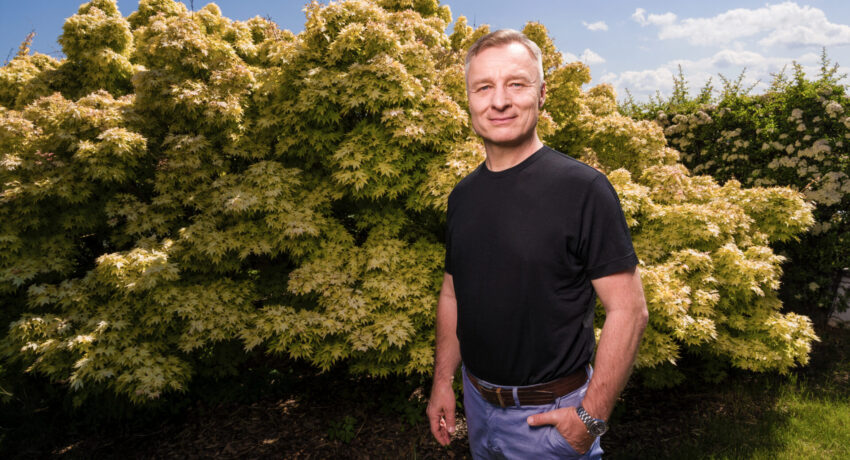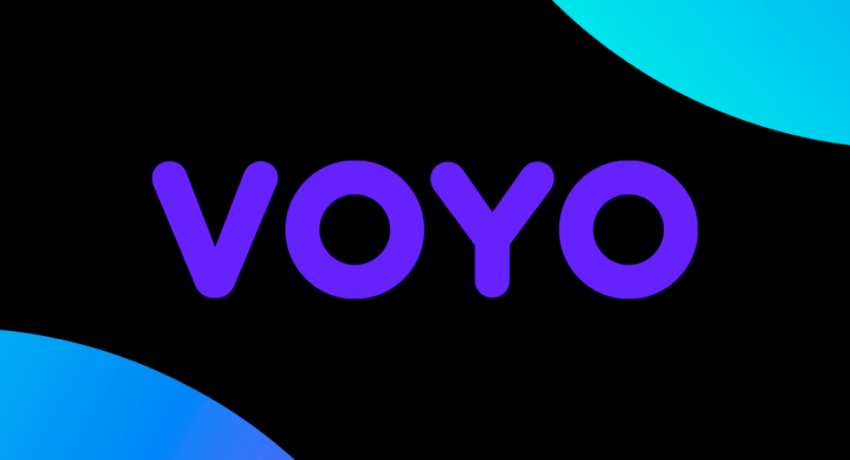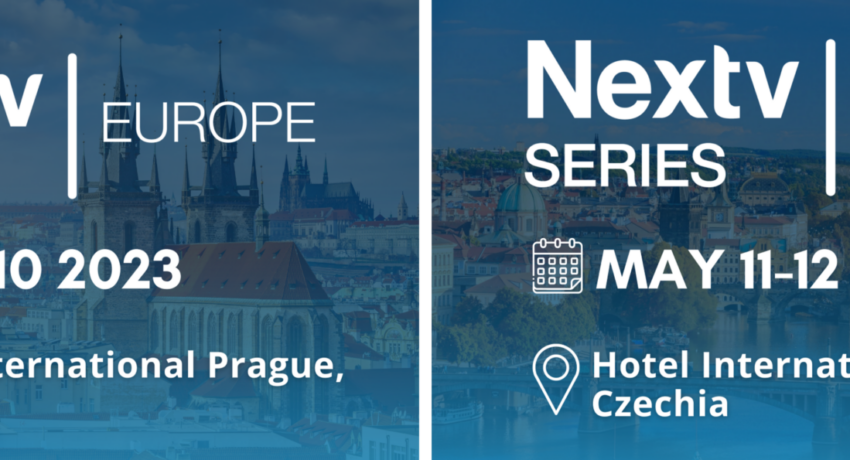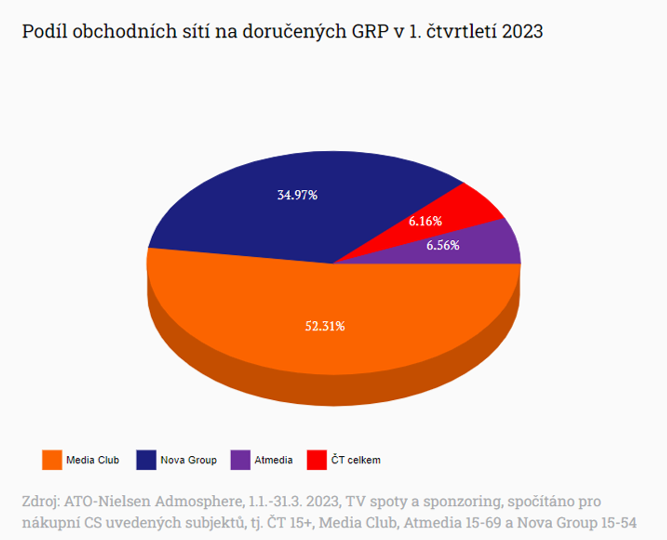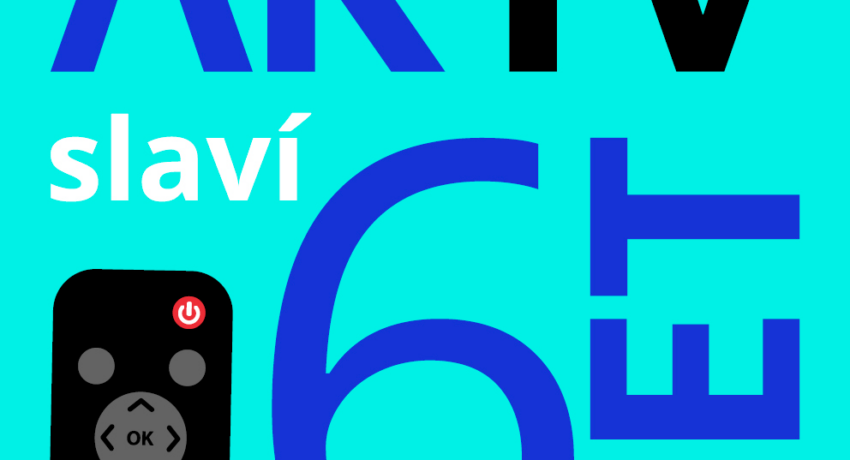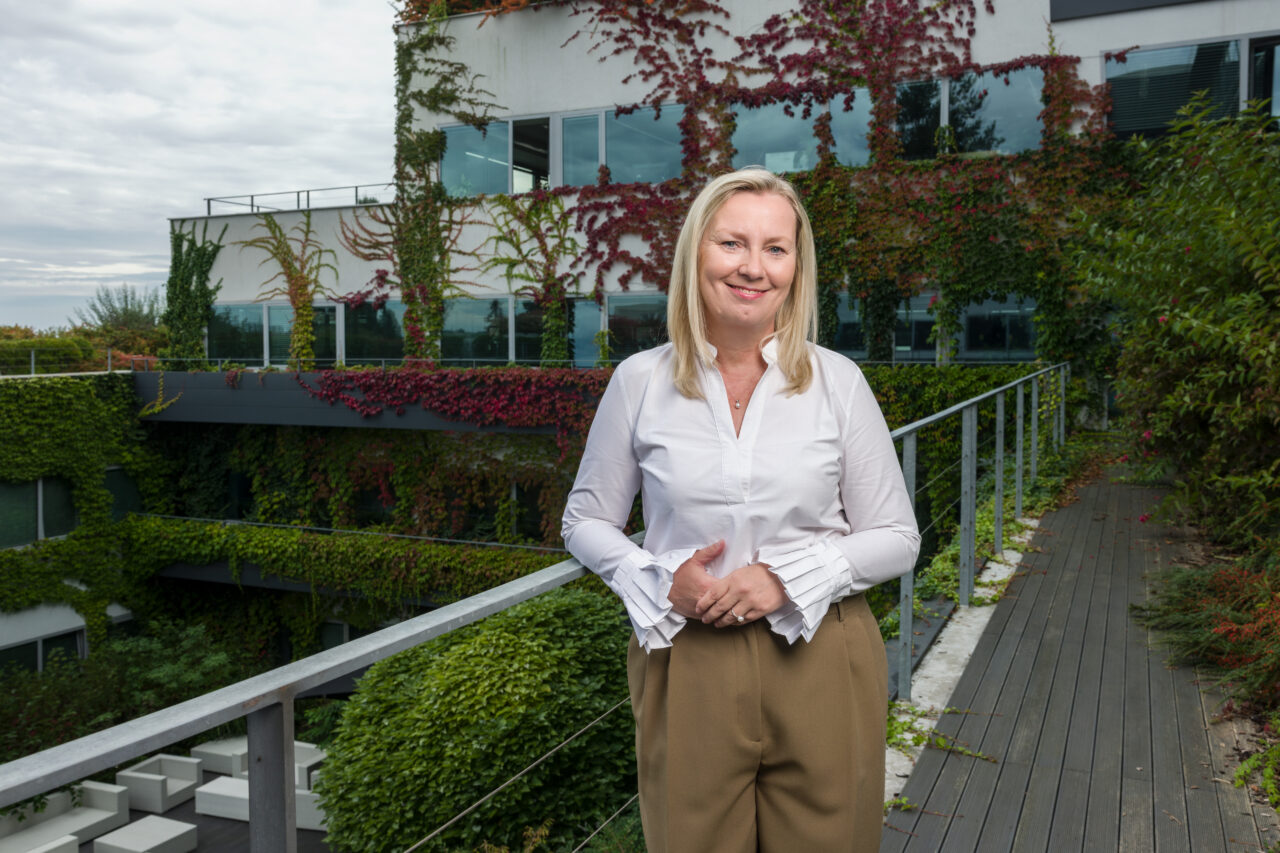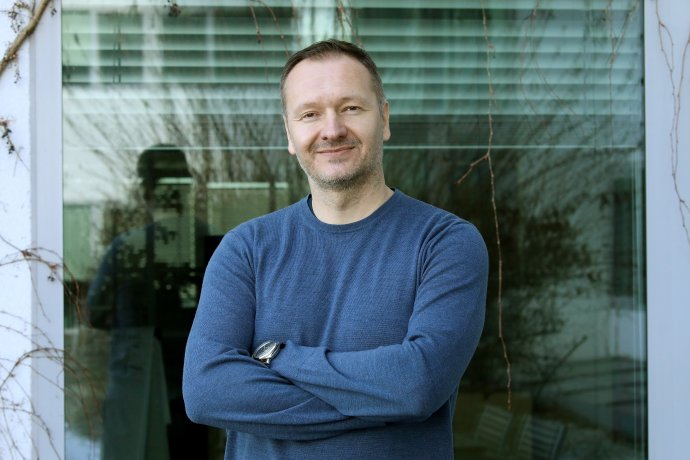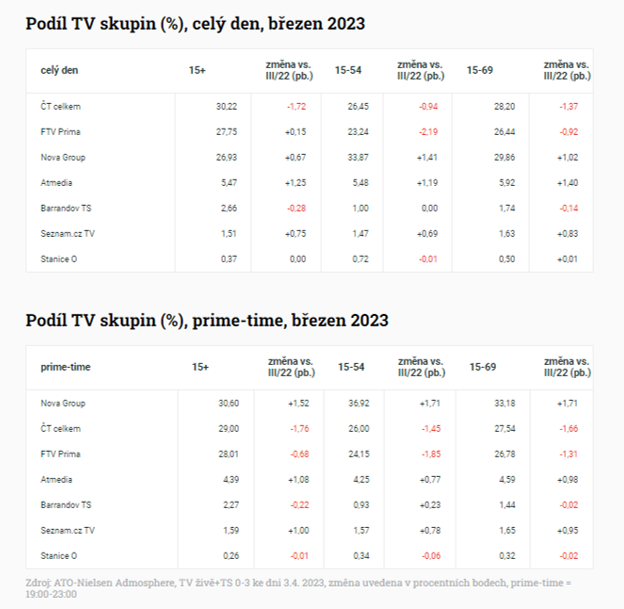Is media a field in decline? Few will refute that as forcefully as Dušan Švalek. The man who already largely runs the operations of CME, the multinational group that operates the Czech Republic’s most-watched commercial television and has huge plans for the Voyo video library.
The movements he indicates with his hand are telling enough in themselves. But to make it clear, Dušan Švalek will complement his gestures with words. “Telco is like a tanker, you turn the helm to the right and for two more years the ship goes in the same direction before it slowly starts to turn,” he says. “Whereas media, that’s a speedboat. In media, you change direction in a picosecond.”
The experienced manager started at the Boston Consulting Group, then held senior positions in telecommunications at Deutsche Telekom and most recently at Slovak Telekom in his home country. But he is now finishing his first year at CME, the PPF-owned media giant. Officially in the role of Deputy CEO. However, even the group’s first man Didier Stoessel admitted during a meeting with journalists: “I certainly couldn’t have done it on my own, and Dušan is taking over a lot of my responsibilities, certainly more than half of them.”
Švalek himself just smiles when asked if this trend can be translated as him heading to the role of CME boss. The fact that Stoessel, a Frenchman, is already the chief investment officer of the entire PPF could theoretically indicate that.
“All I can say is that I work very well with Didier and I feel comfortable in our tandem. I appreciate his experience in the business and corporate world and his work with numbers,” says Švalek. “In media, you need to be able to use both the right and left hemisphere, which I really see in him. I’ve learned a lot of new things in my year here, my personal ambition is to enjoy my work.”
And he probably does enjoy working at Barrandov, although it is still only the beginning. Švalek came to CME at a time of radical transformation, when Voyo had already become the cherished project of the future. This SVOD service – short for a video library with paid content that can be watched anytime and anywhere – has already amassed over half a million subscribers in the Czech Republic and Slovakia.
A third of Nova’s viewers are watching new series either on Voyo or via delayed viewing. And this ratio is only going to rise.
“It’s terribly interesting! The opportunity is huge, no one can even say how big, because everything is being redefined,” Švalek recounts with obvious enthusiasm. “The change in the way we entertain ourselves and spend our leisure time is so radical that it’s really exciting. We can be part of it when something completely new is being created.”
Among other things, Švalek’s contribution is that he was used to operating in multiple markets at the telco business, which suits CME’s spread across Europe. “But I had never thought about the complexity of media before. I really enjoy it and the dynamics of the business are something else,” he compares.
For telecoms, for example, he estimates an investment cycle of five to 10 years, typically for 5G technology or fibre networks. “For fibre optics, it takes at least two years from the first idea to the moment the first digger starts digging. It takes another three quarters to a year to build – and the technology is there for another fifty years. The cycle is awfully long compared to media,” says Švalek. “For us, developing a new title from first idea to implementation can take six months to a year, sometimes even less. And you have immediate feedback from customers.”
The bet on the trend set by the world’s giants such as Netflix, HBO and Disney+ dates back several years, to the time when PPF was ruled by Petr Kellner. Significant investments were and are associated with it, Stoessel talked about hundreds of millions of crowns in an interview with Forbes last year.
“It’s a long-term project. You have to believe, you have to be committed to the idea and you have to invest,” agrees Švalek. “And I feel that PPF really believes in us. My feeling is based on various discussions and probably the best way to measure it is by the investment decisions they make to support us. That’s where it always shows up.”
King of Šumava, Iveta, or even the paranormal series Vědma… Dozens of new series a year are produced, often either purely for Voyo or for viewers to see in advance. “PPF believes that we have assembled a team at CME that has the skills and ambition to handle such a business well. At the same time, there is also a certain social issue. The emphasis on quality is really taking the culture in those countries a little further than in the past,” says Švalek.
This is not self-praise; the quality TV trend is also appreciated by critics. As long-term and strategic as the Voyo project is, Švalek returns to his speedboat metaphor. Speed is needed above all in decision-making. “Whether you put a title on Voyo or on linear broadcasting, you know the answer the next day. That’s why it’s routine for us to look at the previous day’s numbers in the morning. And we can react to them,” Švalek explains.
Regarding to this, they are in agreement with the owners. “PPF has an entrepreneurial spirit, is agile and knows how to take risks, which is not exactly the rule in larger corporations and multinational companies, where decision-making processes are much more difficult – lots of floors, lots of time, but little action,” Švalek says. “Here I feel there is a reasonable balance between action and risk.”
That’s why he and Voyo are starting to venture into more uncertain areas. After blockbusters, including one about the fate of Iveta Bartošová, they created Vědma, a series on the edge of the supernatural and sci-fi genres. “As time goes on, we’ll have to segment more and more so that people can watch it everywhere, anytime. Because it’s standard even within a family that its members watch different things in different rooms. We will even go beyond the mainstream,” says Švalek.
Two things are key in this regard, he says. Not only what is hidden under the term household penetration, which can be understood as the number of subscriptions per household. Perhaps even more important is something else: “The mental capacity of the people we can occupy. This is something we pay particular attention to when competing with global players.”
He zooms in on this by claiming that the biggest competitor for Voyo is not so much rival streaming platforms, but people’s leisure time itself. Indeed, the expected state of affairs for the not-too-distant future is that households will subscribe to multiple services.
But international production relies on similar practices and genres, logically selecting from a portfolio of international stars. Voyo, on the other hand, wants to be essentially based for the Czech-Slovak audience. So that it can always be their first complementary choice to Netflix, HBO and others.
“What is important for us is the ambition to grow,” agrees Švalek. “We still believe there is room for good local content and our strategy is to occupy that space. But this is not about marketing. What we do will never work without a very high quality product.”
Which is fun. “Awful fun,” agrees Švalek gleefully. “Art is about emotion, and our products are emotional. Plus, as an analytical type, I like complexity, and media is a very complex field. Producing a series like Ulice is no different from planning an elaborate project.”
One example of a complex – and therefore, for Švalek, fun – issue is the content selection process itself. “We have a lot of data on what viewers want, what type of content, storylines and cast they prefer. At the same time, when deciding what title to invest in, it’s always about emotion, personal judgement, feeling. The winners are those who can combine these two things,” he says, referring back to the need to connect both hemispheres of the brain, the intellectual and the emotional.
But the process does not end there. According to Švalek, building a program also offers a huge number of combinations. Thinking about the habits and requirements of the audience is only the beginning. “You immediately add another layer, advertising space and sales,” he says. “What target do you choose to match not only the audience need but also the advertisers? How do you profile the product to fit the advertisers who are strongest in that economy? How does it all come together? That’s the essence of it, being able to connect different things and think about them in context.”
So far, CME has been able to do this thanks to a boss tandem in which Švalek is becoming more and more busy.
Source: forbes.cz

